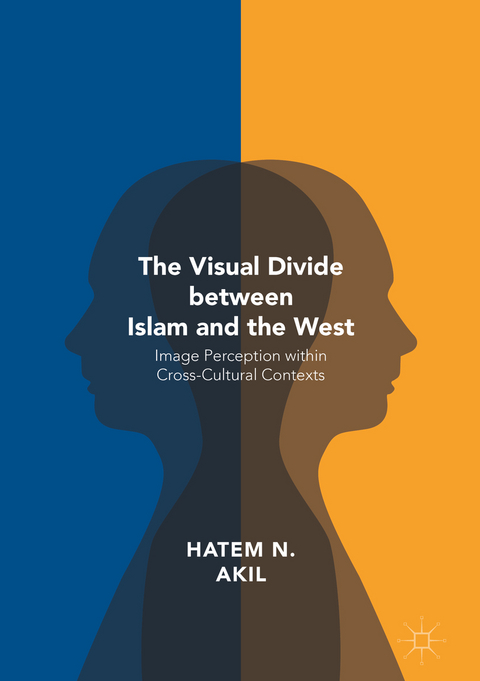
The Visual Divide between Islam and the West
Image Perception within Cross-Cultural Contexts
Seiten
2019
|
1st ed. 2016
Palgrave Macmillan (Verlag)
978-1-349-92842-2 (ISBN)
Palgrave Macmillan (Verlag)
978-1-349-92842-2 (ISBN)
This book considers the ways in which Muslims view the way they are being viewed, not viewed, or incorrectly viewed, by the West. The book underscores a certain “will-to-visibility” whereby Muslims/ Arabs wish just to be “seen” and to be marked as fellow human beings. The author relates the failure to achieve this visibility to a state of desperation that inextricably and symmetrically ties visibility to violence. When Syrian and Palestinian refugees recently started refusing to be photographed, they clearly ushered the eventual but inevitable collapse of the image and its final futility. The photograph has been completely emptied of its last remaining possibility of signification.
The book attempts to engage with questions about the ways in which images are perceived within cross cultural contexts. Why and how do people from different cultural backgrounds view the same image in opposing ways; why do cartoon, photographs, and videos become both the cause and target of bloody political violence – as witnessed recently by the deadly attacks against Charlie Hebdo in France and in the swift military response by the US, Jordan, France, and others to videotaped violence by ISIS.
The book attempts to engage with questions about the ways in which images are perceived within cross cultural contexts. Why and how do people from different cultural backgrounds view the same image in opposing ways; why do cartoon, photographs, and videos become both the cause and target of bloody political violence – as witnessed recently by the deadly attacks against Charlie Hebdo in France and in the swift military response by the US, Jordan, France, and others to videotaped violence by ISIS.
Hatem N. Akil teaches English at Seminole State College of Florida, USA. His work has been published in Theatre Life Journal and Cinema Life Journal. He was the founder of the Arab American IPTV, Mahjar TV, and Baraka World Music Series. Akil currently serves on the executive committee of the Global Arab/Arab American division of the Modern Language Association.
.List of Figures.- .Introduction.- .Chapter One: Technologies of Seeing.- .Chapter Two: The Sound of the Revolution.- .Chapter Three: Colonial Gaze--Native Bodies.- .Chapter Four: The Boy Who Was Killed Twice.- .Chapter Five: The Martyr Takes a Selfie.- .Chapter Six: Cinematic Terrorism.- .Endnotes.- .References.
| Erscheinungsdatum | 19.12.2018 |
|---|---|
| Zusatzinfo | 12 Illustrations, color; 3 Illustrations, black and white; XVIII, 232 p. 15 illus., 12 illus. in color. |
| Verlagsort | Basingstoke |
| Sprache | englisch |
| Maße | 148 x 210 mm |
| Themenwelt | Geisteswissenschaften ► Geschichte ► Hilfswissenschaften |
| Sozialwissenschaften ► Kommunikation / Medien ► Kommunikationswissenschaft | |
| Sozialwissenschaften ► Kommunikation / Medien ► Medienwissenschaft | |
| Sozialwissenschaften ► Soziologie ► Spezielle Soziologien | |
| Schlagworte | arab spring • Arts • Charlie Hebdo • Cinema • cinematic terrorism • Culture • Death • film and television • History • Isis • Islam • Islamophobia • media • Media Studies • Middle East • Middle Eastern culture • perception • Social Science • Syrian Refugees |
| ISBN-10 | 1-349-92842-9 / 1349928429 |
| ISBN-13 | 978-1-349-92842-2 / 9781349928422 |
| Zustand | Neuware |
| Haben Sie eine Frage zum Produkt? |
Mehr entdecken
aus dem Bereich
aus dem Bereich
Anforderungen an das digitalisierte Kulturerbe
Buch | Softcover (2023)
transcript (Verlag)
29,00 €
Buch | Hardcover (2024)
Wallstein Verlag
38,00 €


